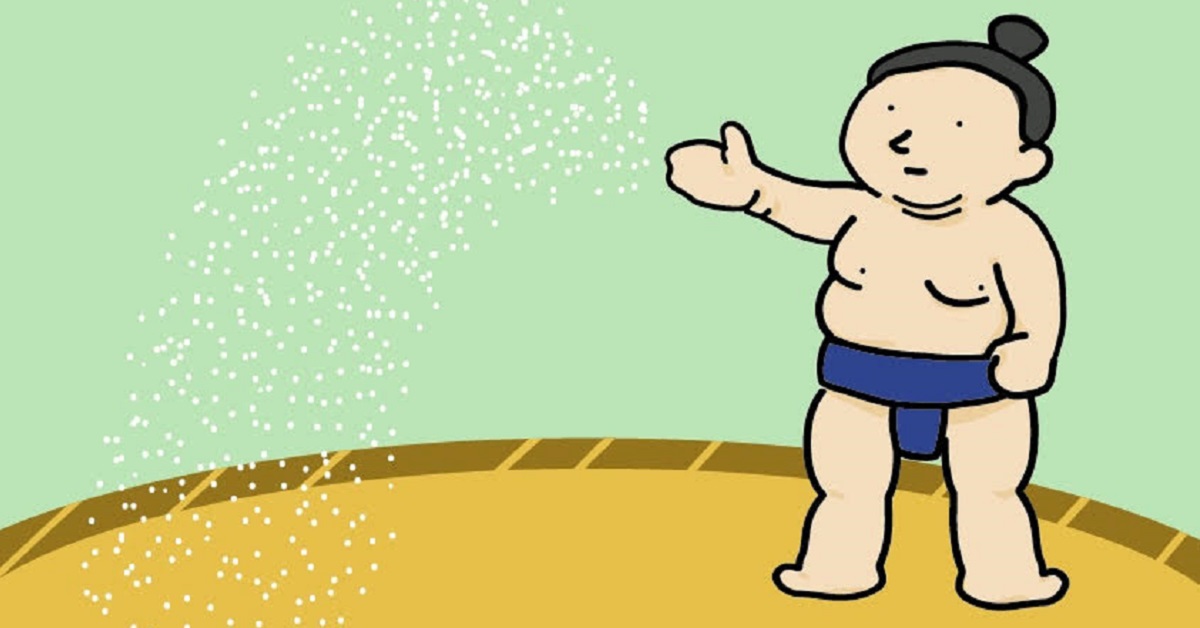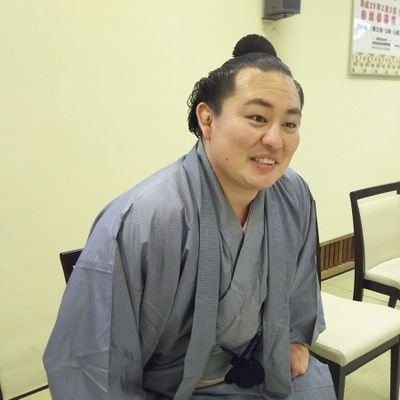In the world of sumo, the act of sprinkling salt on the ring—known as “shiomaki”—is more than just a spectacle. It carries deep spiritual meaning rooted in Shinto beliefs, symbolizing purification and respect toward the divine and one’s opponent. This article offers a clear explanation of shiomaki for newcomers and international visitors, helping them understand the cultural significance and beauty of this unique tradition.
What is Shiomaki?
A Sacred Ritual of Purification
The act of sprinkling salt on the sumo ring is a distinctive and sacred practice unique to sumo. This action, referred to as shiomaki, is intended to purify the dohyō, the elevated clay ring where matches are held. In Shinto, the indigenous religion of Japan, salt is believed to have the power to ward off evil and impurity.
Because the dohyō is regarded as a sacred space, wrestlers purify it with salt to show respect to the deities, while also cleansing themselves physically and mentally. Salt also has a natural antibacterial effect, which contributes to maintaining hygiene and preventing injuries. Shiomaki is thus not just a ritual but a blend of spiritual tradition and practical function.
| Purpose of Shiomaki | Description |
|---|---|
| Ritual purification | Maintains the sacred state of the sumo ring |
| Mental and physical focus | Helps wrestlers prepare themselves spiritually |
| Injury prevention | Salt’s antiseptic quality keeps the ring clean |
| Religious respect | Reflects gratitude and reverence toward the gods |
The History and Origins of Shiomaki
A Tradition Influenced by Shinto
The custom of throwing salt is rooted in ancient Shinto practices. In religious ceremonies at Shinto shrines, salt is used to purify sacred spaces, and this belief carries over into sumo, where the ring is treated as holy ground.
Sumo itself began as a ritual to pray for bountiful harvests. Over time, it evolved from a sacred rite into a form of martial training for warriors, and eventually into a popular spectator sport. However, the ritual of shiomaki remained a constant element throughout its transformation.
| Era | Role of Sumo | Position of Shiomaki |
|---|---|---|
| Ancient Times | Ritual offering for agricultural gods | Purification in religious ceremonies |
| Heian Period | Official court ceremony | Strengthened as a formal rite |
| Edo Period | Became public entertainment | Established as a part of sumo performance |
| Modern Era | Fusion of sport and tradition | Blends public display with sacred tradition |
How Shiomaki Is Performed
Each Wrestler’s Shiomaki Style is Unique
Shiomaki is not performed in a single standard way. Each wrestler brings their own personality and expression to the act. The style of scattering salt can reflect the wrestler’s mental state, character, or desire to energize the audience.
| Style | Characteristics | Impression Given |
|---|---|---|
| Dynamic Throw | Large amount thrown high into the air | Shows energy and excites spectators |
| Modest Sprinkle | Small amount, gently and carefully scattered | Suggests composure and quiet determination |
| Performance Style | Highly theatrical and deliberate movements | Entertaining for tourists and casual viewers |
For some wrestlers, shiomaki is also a way to calm nerves or psychologically prepare for the match. It also builds a stronger connection with the audience, enhancing the overall experience.
Messages Contained in Shiomaki
Sumo Is More Than a Sport
Shiomaki is filled with spiritual and cultural meaning. Beyond physical purification, it represents respect for opponents, reverence for the gods, and encouragement of oneself.
| Japanese Values Represented | Examples |
|---|---|
| Courtesy | Quiet movements before matches show mutual respect |
| Spirituality | Acts as a form of self-discipline and focus |
| Respect for Tradition | Preserves and transmits cultural rituals |
| Cleanliness and Harmony | Keeps the ring hygienic and fosters peace of mind |
Shiomaki as a Cultural Experience for Foreigners
A Perfect Opportunity for Cross-Cultural Understanding
For many foreign spectators, shiomaki is one of the most visually striking moments in a sumo match. Its symbolic nature, combined with dramatic movement, leaves a lasting impression.
Understanding the cultural and spiritual background behind it transforms it from a mere spectacle to a meaningful ritual. Questions such as “Why throw salt?” or “Why multiple times?” can be answered by knowing about Shinto beliefs and sumo traditions.
Moreover, shiomaki introduces viewers to core elements of Japanese thinking: respect, spirituality, and harmony with nature. Watching sumo becomes a gateway to learning about Japan itself.
Conclusion
Understanding the Culture and Spirit Within Shiomaki
Shiomaki might appear simple at first glance, but it contains the essence of Japanese tradition and respect. It is a moment where wrestlers purify the ring, honor their opponent, express gratitude to the gods, and ready themselves mentally and physically.
Sumo is not only about strength and skill—it is also about carrying forward cultural heritage. Paying attention to the ritual of shiomaki allows spectators to enjoy sumo not just as a sport, but as a deep and beautiful cultural expression.





コメント